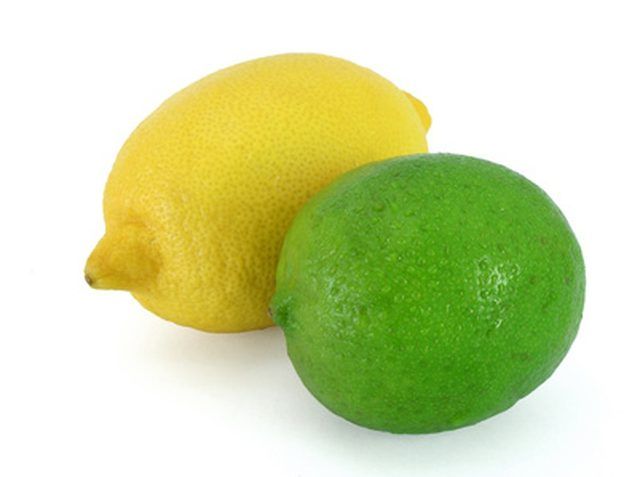Bulbs
Flower Basics
Flower Beds & Specialty Gardens
Flower Garden
Garden Furniture
Garden Gnomes
Garden Seeds
Garden Sheds
Garden Statues
Garden Tools & Supplies
Gardening Basics
Green & Organic
Groundcovers & Vines
Growing Annuals
Growing Basil
Growing Beans
Growing Berries
Growing Blueberries
Growing Cactus
Growing Corn
Growing Cotton
Growing Edibles
Growing Flowers
Growing Garlic
Growing Grapes
Growing Grass
Growing Herbs
Growing Jasmine
Growing Mint
Growing Mushrooms
Orchids
Growing Peanuts
Growing Perennials
Growing Plants
Growing Rosemary
Growing Roses
Growing Strawberries
Growing Sunflowers
Growing Thyme
Growing Tomatoes
Growing Tulips
Growing Vegetables
Herb Basics
Herb Garden
Indoor Growing
Landscaping Basics
Landscaping Patios
Landscaping Plants
Landscaping Shrubs
Landscaping Trees
Landscaping Walks & Pathways
Lawn Basics
Lawn Maintenance
Lawn Mowers
Lawn Ornaments
Lawn Planting
Lawn Tools
Outdoor Growing
Overall Landscape Planning
Pests, Weeds & Problems
Plant Basics
Rock Garden
Rose Garden
Shrubs
Soil
Specialty Gardens
Trees
Vegetable Garden
Yard Maintenance
How Is a Lemon Tree Different From a Lime Tree?
How Is a Lemon Tree Different From a Lime Tree?. Lemon and lime trees are both cold-tender citrus trees grown in home and commercial orchards. Both have mostly tart varieties with some sweet ones available. Lemon and lime are often combined as a flavor (lemon-lime) in sodas and candy. While they have a lot in common, the trees have differences....

Lemon and lime trees are both cold-tender citrus trees grown in home and commercial orchards. Both have mostly tart varieties with some sweet ones available. Lemon and lime are often combined as a flavor (lemon-lime) in sodas and candy. While they have a lot in common, the trees have differences. Some are obvious: lemons are yellow and limes green, and lemons are usually bigger than limes. These are different trees, regardless of how closely society associates one with the other.
Origins
Both lemon and lime trees are originally from India or elsewhere in Asia. The exact origins of many species are unknown; for example, the Tahitian lime came to California from Tahiti, but whether it originated in Tahiti or elsewhere is not known. Names are no guarantee of origin; the key lime, or Mexican lime, is actually from Asia. Lemons are generally thought to have come from India. Both trees are members of the Citrus genus (lemon: Citrus limon; key lime: Citrus aurantifolia) and have a number of varieties. However, two well-known lemon trees, Meyer and Ponderosa, are not true lemons, but they are similar enough in taste that they are still lumped in.
Similar Growing Requirements
Lemon and lime trees are two of the top three cold-tender citrus trees (the other is the citron). Protection from cold, frosts and freezes is necessary or the trees will die. Commercial, true lemons and limes are usually budded. Rootstocks include sweet orange for lemons and sour orange for limes. Growing and fertilizing conditions are similar for both trees--they require full sun, benefit from watering rings and are adversely affected by mulching.
Similar Pests and Diseases--Almost
Both lemon and lime trees are adversely affected by cold and general citrus threats and diseases. Both are also affected by the Asian citrus leafminer, which is particularly active during growth spurts. However, lemon trees typically have only four of these per year, while limes can have up to eight, making lime trees somewhat more susceptible than lemon trees. Lemons are quicker to bruise on the tree than limes, and this can affect how long you can store the fruit. Limes still on the tree suffer from stylar end breakdown, in which the juice pools toward the stem end of the fruit, eating away at the rind from within.
Oils, Wood Carvings and Kaffir Lime Leaves
Both lemon and lime trees produce oils in their leaves and fruit rinds, and the wood of both trees can be used in carvings. A distant relative of the key and Tahitian lime trees is the kaffir lime tree. The leaves of the kaffir lime tree are used in Southeast Asian cuisine, especially Thai cooking, although Cambodian, Malaysian and Indonesian dishes also occasionally use them. Lemon tree leaves are not typically used in food.
Medicinal Uses
Both lemons and limes contain vitamin C and can be used to prevent scurvy. They also produce limonin, a compound that, according to WHFoods.com, is under investigation as a possible anti-carcinogen. Lemons are also used as diuretics and as part of natural cold remedies. Limes contain flavonol glycosides, which may have an antibacterial effect. A 2000 study from the Ministry of Public Health in Guinea-Bissau found that adding lime juice to food cut down on the transmission rate of cholera.